Myths about teaching can hold you back
- Year 1
Halve numbers and explain what halving means
I can halve numbers and explain what halving means.
- Year 1
Halve numbers and explain what halving means
I can halve numbers and explain what halving means.
These resources were made for remote use during the pandemic, not classroom teaching.
Switch to our new teaching resources now - designed by teachers and leading subject experts, and tested in classrooms.
Lesson details
Key learning points
- Halving is the inverse of doubling.
- Halving can be used to subtract a number from its double.
Keywords
Half - One of two equal parts of a whole.
Halving - To divide into two equal parts.
Doubling - To become twice as many.
Inverse - The opposite in effect.
Common misconception
Children may struggle to see that halving is the inverse of doubling.
Only progress to this lesson once children are fluent in doubling numbers zero to five. Present the same visual (e.g. 3 apples + 3 apples) and use this to discuss doubling and halving, revealing and covering one of the two equal parts each time.
To help you plan your year 1 maths lesson on: Halve numbers and explain what halving means, download all teaching resources for free and adapt to suit your pupils' needs...
To help you plan your year 1 maths lesson on: Halve numbers and explain what halving means, download all teaching resources for free and adapt to suit your pupils' needs.
The starter quiz will activate and check your pupils' prior knowledge, with versions available both with and without answers in PDF format.
We use learning cycles to break down learning into key concepts or ideas linked to the learning outcome. Each learning cycle features explanations with checks for understanding and practice tasks with feedback. All of this is found in our slide decks, ready for you to download and edit. The practice tasks are also available as printable worksheets and some lessons have additional materials with extra material you might need for teaching the lesson.
The assessment exit quiz will test your pupils' understanding of the key learning points.
Our video is a tool for planning, showing how other teachers might teach the lesson, offering helpful tips, modelled explanations and inspiration for your own delivery in the classroom. Plus, you can set it as homework or revision for pupils and keep their learning on track by sharing an online pupil version of this lesson.
Explore more key stage 1 maths lessons from the Addition and subtraction facts within 10 unit, dive into the full primary maths curriculum, or learn more about lesson planning.

Licence
Prior knowledge starter quiz
6 Questions
Q1.How many cubes are needed on the other side to make this equal?




Q2.What doubling equation is being shown on this seesaw?
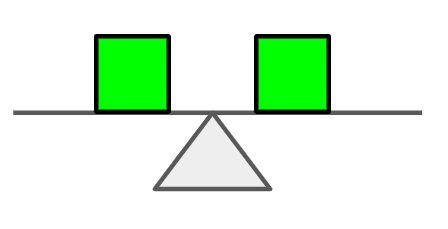
Q3.What doubling fact is being shown here?
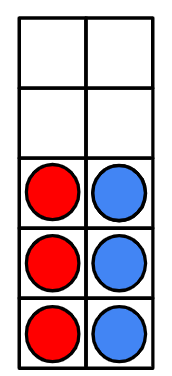
Q4.Which of these part part whole models, would have a missing part of 5?
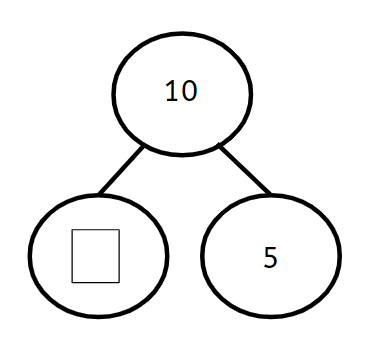
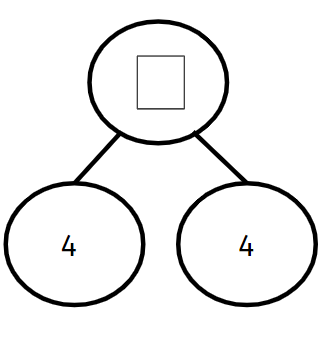
Q5.Match the equation to the correct explanation.
Double 1 is 2
Double 4 is 8
3 plus 3 equals 6
Q6.Sam makes a tower that uses double the number of cubes than the one below. How many cubes tall is Sam's tower?
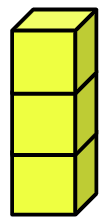
Assessment exit quiz
6 Questions
Q1.How many cubes are needed on the other side to make this equal?

Q2.Tick all the correct statements.
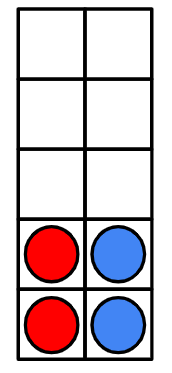
Q3.What is the missing part in this part-part-whole model?
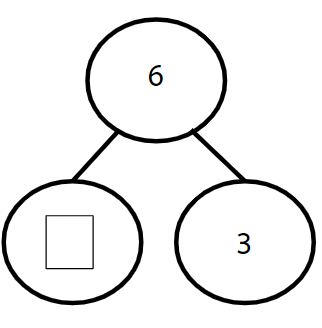
Q4.What number would complete this bar model?
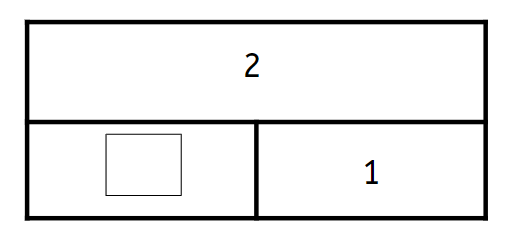
Q5.Match the equation to the inverse.
8 - 4 = 4
2 - 1 = 1
10 - 5 = 5


